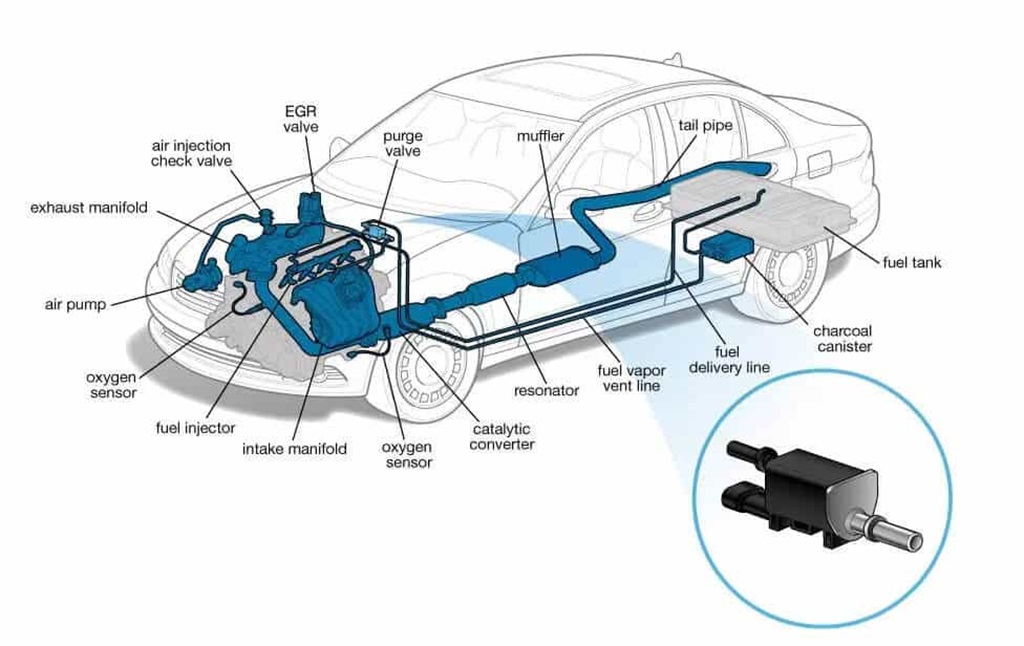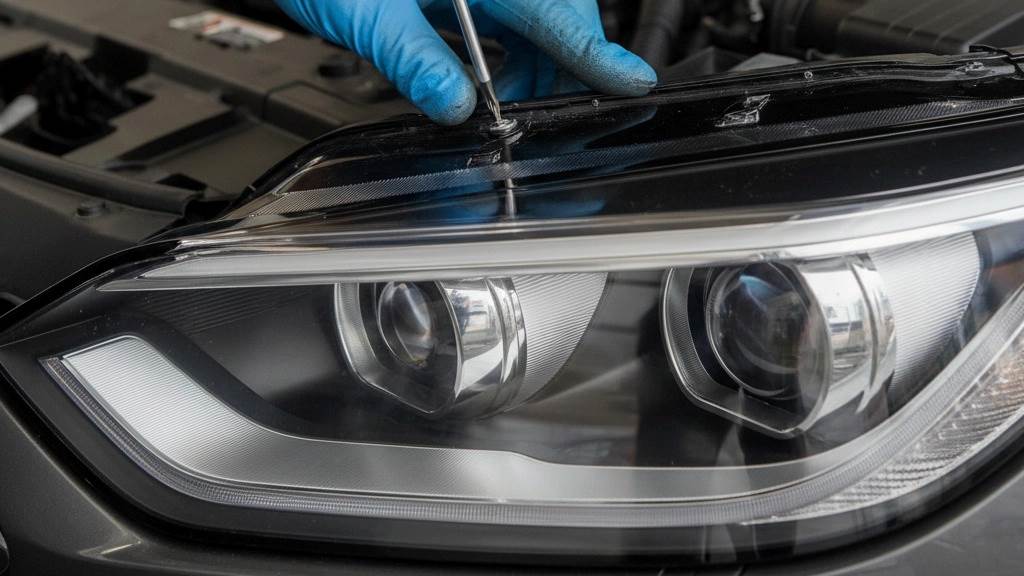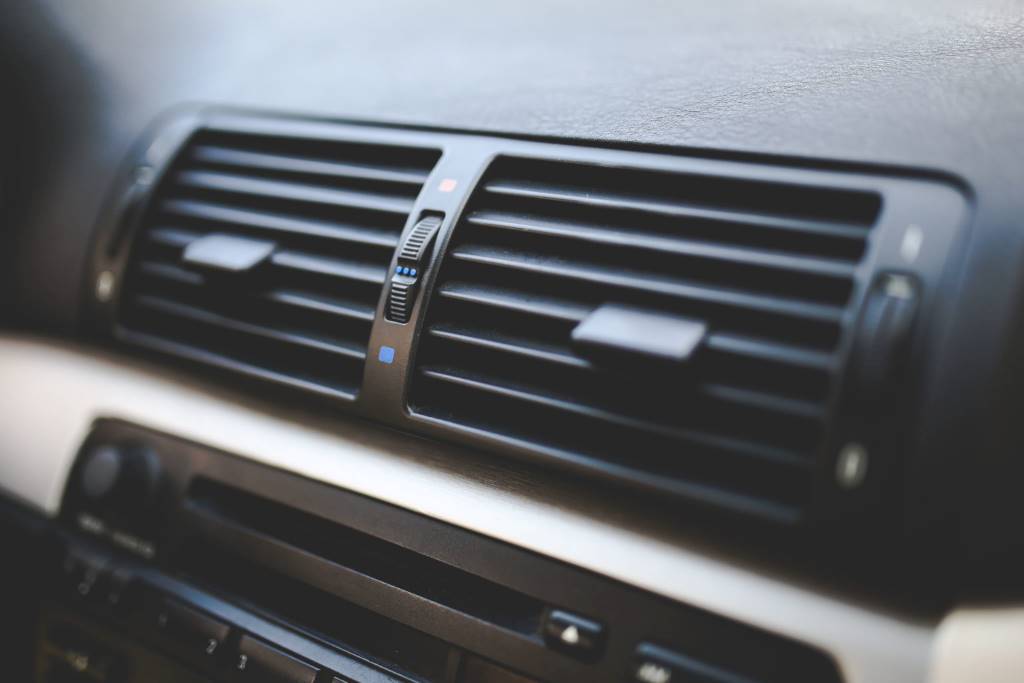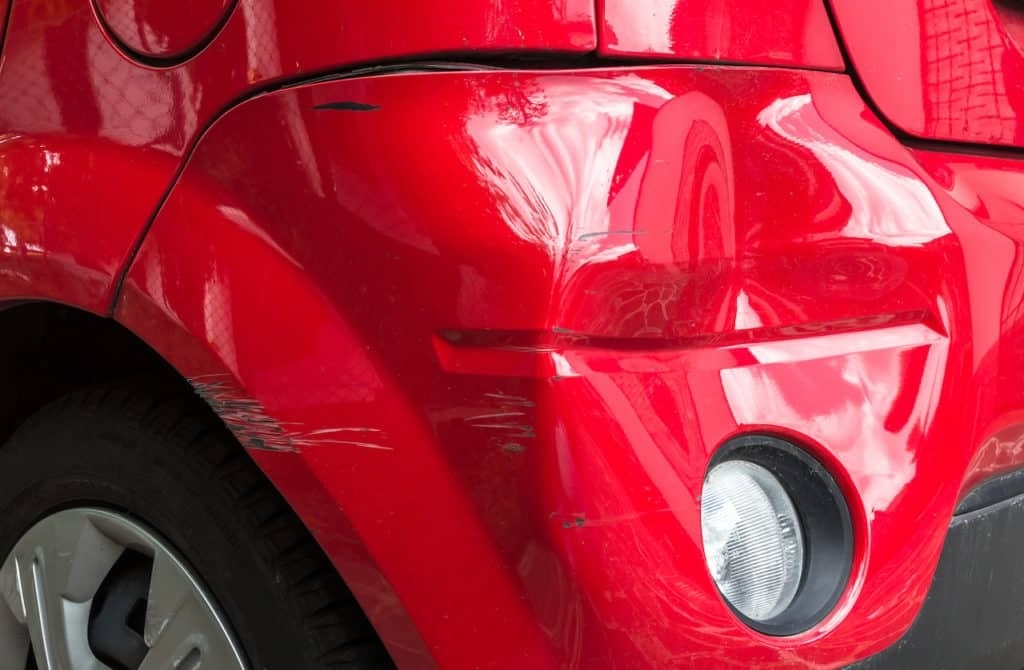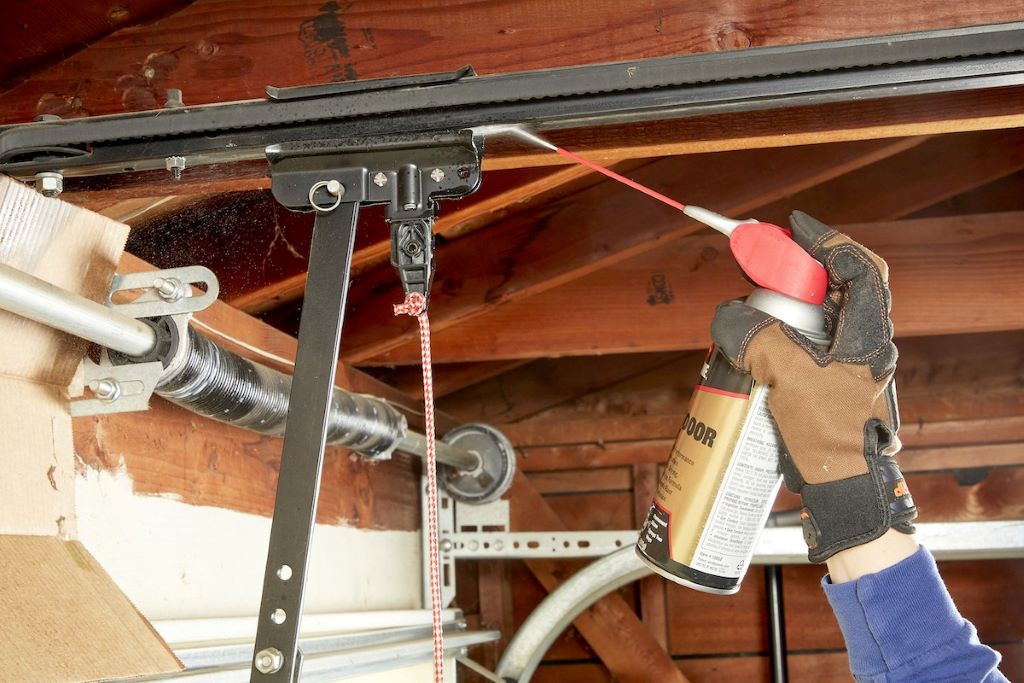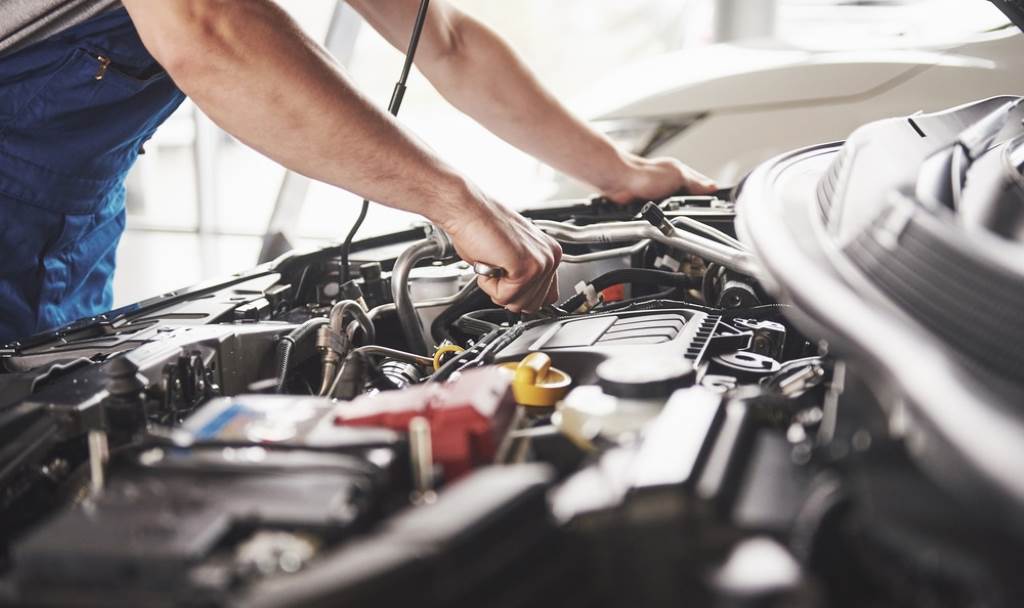Have you been experiencing strange problems with your car’s emissions system? If so, it’s possible that a defective purge valve could be the culprit. If you’ve noticed that your car’s check engine light is on and you’re experiencing issues with your vehicle’s emissions system, it’s possible that a defective purge valve could be the root cause of the problem. The purge valve is a component of the evaporative emissions control system that regulates the flow of fuel vapor from the fuel tank to the engine. If it’s not working properly, it can cause a variety of issues, including poor fuel economy, rough idling, and difficulty starting the engine.
It’s important to have your car inspected by a qualified mechanic if you suspect that your purge valve may be faulty, as it can lead to greater damage and more expensive repairs if left unchecked. But how much does it cost to replace a purge valve? In this article, we’ll break down the basics of what a purge valve is, the symptoms of a bad one, and what you can expect to pay for a purge valve replacement.
What is a Purge Valve?
The purge valve (also known as the purge control valve or vapor management valve) is an emissions control component found in the evaporative emissions system of modern vehicles. This system helps prevent fuel vapors in the fuel tank from escaping into the atmosphere, controlling harmful evaporative emissions.
The purge valve is usually mounted on the charcoal canister assembly and manages the flow of fuel vapors from the fuel tank into the engine. When the engine is running, the valve opens to allow stored vapors in the canister to be “purged” and burned off in the engine. This helps prevent buildup in the canister and maintains vapor flow during engine operation.
Most purge valves are normally closed and only open when commanded by the powertrain control module (PCM). This allows vapors to be purged only during specific engine operating conditions as determined by the PCM.
Purge valves play an important role in regulating evaporative emissions and supporting the proper operation of the emissions control system. Like any component, they can fail over time leading to issues.
Symptoms of a Bad Purge Valve

Some common signs your purge valve may be faulty and need replacement include:
- Difficulty starting the engine – A stuck closed or clogged purge valve prevents vapor flow to the engine, causing potential starting problems due to fuel trim issues.
- Rough idle – The engine may idle roughly or stall out completely due to the same lack of vapor flow with a stuck purge valve.
- Check Engine Light – Fault codes related to evaporative emissions or purge system issues will likely trigger the Check Engine Light. Common codes include P0443, P0446 or P1442.
- Fuel odor – If the valve sticks open, you may smell fuel fumes or notice leaks as vapors escape the system through vent lines or the canister.
- Fuel tank pressure issues – A bad purge valve can cause excessive pressure build-up or vacuum in the tank as it struggles to manage vapor flow.
- Failed Emissions – Poor vapor flow can impact the air/fuel mixture, leading to emissions test failures.
If you notice any of these purge valve symptoms, it’s a good idea to have the system inspected and tested. Typically a mechanic will check for trouble codes, inspect the valve and electrical connections, and use a smoke machine to check for leaks.
Cost to Replace a Purge Valve
Okay, so how much can you expect to pay for a purge valve replacement? Here are some typical repair costs:
- Purge Valve Part Cost – The purge valve itself usually costs between $20 and $100 for most vehicle makes and models. More complex valves with integrated sensors can cost up to $200.
- Labor Cost – Expect to pay $80 to $250 or more for purge valve replacement labor. The valve is usually easily accessible, but the labor time varies by vehicle.
- Total Replacement Cost – For most vehicles, expect to pay between $100 and $400 total for a complete purge valve replacement job including vehicle parts and labor.
However, costs can be higher for some models or if other repairs are needed:
- European vehicles – Replacing a purge valve on German vehicles like BMW, Mercedes, Audi, VW, or Porsche can be $500 to $900+
- A valve within the fuel tank – Some purge valves located inside the fuel tank require dropping and sealing the tank for access. This can add $200 to $400 extra to the repair cost.
- Canister replacement – If the charcoal canister is also faulty, replacing the whole vapor canister assembly can add another $300 to $700 in parts and labor.
- Dealer repair prices – Getting a purge valve replacement done at the dealership typically costs 50-100% more labor charges.
As you can see, prices can vary quite a bit depending on the vehicle, valve location, and repair scope. When getting a quote, ask your mechanic if they see any additional issues beyond just swapping the valve itself.
Key Factors That Affect Purge Valve Replacement Cost
What drives the cost up or down for replacing a purge valve? Here are some of the key factors:
- Vehicle Make & Model – As noted, European vehicles tend to have higher purge system repair costs. Mainstream Japanese and American models are usually on the lower end.
- Valve Accessibility – Easily reached valves under the hood can be swapped quicker and cheaper than those buried deep in the vehicle.
- Canister Replacement – If the whole vapor canister assembly needs replacing too, costs go up significantly.
- Dealership vs Independent Shop – You’ll pay more in labor at the dealership, sometimes 100% more.
- Location/Region – Repair rates vary across different regions and cities. Urban areas typically have higher rates.
- Technician Experience – A master tech may diagnose issues quicker than a novice, impacting labor time and cost.
- Use of OE vs Aftermarket Parts – Dealerships and some shops only use original equipment (OE) purge valves, which are more costly. Aftermarket parts can save money.
- Other Repairs Needed – Additional issues found during diagnosis can mean a higher total bill in the end.
Being aware of these factors can help you better gauge the estimated costs for your vehicle and situation.
Can I Replace a Purge Valve Myself?
With some mechanical ability, DIYers can replace their purge valves and save on labor costs. However, a few cautions:
- It requires safely lifting the vehicle and working in tight engine spaces.
- Disconnecting fuel system components risks fire – take precautions.
- Getting to hard-to-reach valves like those inside the fuel tank requires dropping the tank. This is an advanced DIY project.
- Specialized EVAP system diagnostic tools and skills are needed to fully confirm the valve is the issue.
- After installation, the valve may need to be properly calibrated or “relearned” by the PCM.
So while an experienced home mechanic may be able to handle a simple underhood purge valve replacement, the job is generally best left to professional technicians for most vehicle owners.
5 Key Tips To Reduce Your Purge Valve Replacement Cost

Want to help keep the costs of your purge valve repair lower? Consider these money-saving tips:
Use an independent mechanic – Avoid high dealership rates by using a trusted independent repair shop instead. Their labor rates are often 40-60% less than dealers on average.
Source salvaged parts – Check salvage yards and online parts retailers for used OE purge valves to save 50% or more over buying new ones. Just confirm it’s in good condition.
Buy aftermarket valves – Affordable aftermarket replacements match OE form and function at about half the price in most cases.
Price shop quotes – Get estimates from 3-4 shops to compare rates. Look for coupons too. Avoid places charging well above the average repair cost range.
Bundle repairs – If you have multiple issues to address, bundle them together. Most shops offer discounts on labor time when doing more repairs at once.
Following these tips can potentially save you $100 or more in getting your faulty purge valve replaced affordably.
Conclusion
While a problematic purge valve can cause issues ranging from difficult starting to emissions test failures, the good news is that replacement costs are reasonable for most vehicle owners. Typical repair costs range from $100 to $400 depending on the labor rates in your area and the complexity of your vehicle’s purge valve access and replacement procedure.
Using an independent shop instead of the dealership, sourcing affordable parts online, and bundling repairs can help keep your total purge valve replacement costs at the lower end of the price range. Fixing it promptly will stop those faulty valve symptoms in their tracks, getting your emissions system working properly again.
Frequently Asked Questions
How urgent is it to replace a bad purge valve?
It’s recommended to replace faulty purge valves promptly to avoid failed emissions testing and prevent more severe problems. While not an emergency repair, take care of it within a few weeks.
Can a purge valve affect engine performance?
Yes, a stuck closed purge valve can cause rough idle, stalling, and even affect acceleration. Replacing it restores proper vapor flow to the engine.
Is it safe to drive with a bad purge valve?
In most cases, it’s safe to drive with a faulty purge valve in the short term. However, you may notice drivability issues and should get them fixed to prevent problems down the road.
What if the check engine light comes back on after replacing the valve?
If the light returns, there may be an underlying electrical issue or another component fault. Your mechanic should thoroughly diagnose the system to pinpoint the real problem.
Will a purge valve repair pass emissions testing?
Once the faulty valve is replaced, the emissions system should function normally again and pass any required testing in your area after repair.

